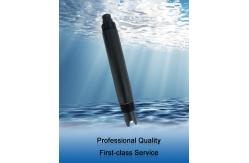Dual High Impedance KPH601 Online PH Sensor Differential Amplifier
|
KPH601 Online PH Sensor Signal Output: RS-485 (Modbus/RTU Protocol)1.Obtaining an accurate pH measurementBuffer solutions For extremely accurate measurements National Institute of Standards and Technology (NIST) buffer solutions are recommended. These buffer solutions are the basis of the practical pH scale and have been adapted in the DIN 19266. However, they are almost exclusively used in the laboratory. Buffers customarily used (e.g. potassium dihydrogen phosphate and disodium hydrogen phosphate, borax or sodium carbonate) are distinguished by their high buffer capacity and long-term stability. These buffer solutions are used in most cases and should have an accuracy of not less than 0.02 pH units. The temperature curve of the buffer solution must be known. Buffer solutions last for a limited period of time. (Sealed bottles last for about one year when stored correctly). Using good lab practice should prevent buffer contamination. Carbon dioxide from the air may contaminate buffer solutions with a high pH value. 2.How to maintain a reliable signal The pH electrode is an electrochemical sensor whose efficiency depends on a reversible interaction between the sensor and the measuring solution. The accuracy of the signal is decreased when residue on the glass membrane or reactions of the reference system disturb this exchange. Maintenance of the electrode function An increase in response time of the electrode, a decrease of the slope, or a zero point shift, are all phenomena due to either a reaction with the measuring solution (contamination) or to the ageing of the electrode. Every electrode ages as a result of the chemistry of the glass even when it is not used for measurements. High temperatures increase this ageing process. Under laboratory conditions a life span of up to three years can be expected, With continuous measurements at 80°C, the life span of an electrode could be significantly decreased (perhaps to a few months). If a reaction between the measuring solution and the electrolyte causes disturbances, using an electrode with a silver-ion trap reference system, an electrolyte bridge, and /or a special electrolyte often improves conditions. 3.Technical Specifications
4.Dimensional DrawingNote:The sensor connector is M16-5 core waterproof joint male head. 5.InstallationNote: The sensor should not be installed upside down or horizontally when installed, at least at an angle of 15 degrees or more. Contact UsWebsite www.kacise.com Phone +86-17719566736 Email sales@kacise.com Location Tangyan South Road, High-tech Zone, Xi'an City, Shaanxi Province, China
|
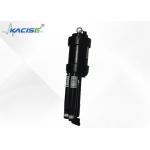
|
KWS-850 On-line Multi-parameter Water Sensor High Accuracy Turbidity Measurement For Wastewater Treatment Plants |
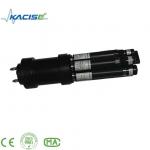
|
Power Consumption 5W 12V KWS-850 Multi-Parameter Water Quality Sensor For Water Monitoring |
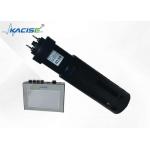
|
Low Maintenance Of The KWS-850 On-line Multi-parameter Water Quality Sensor |
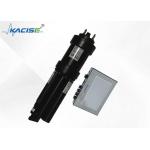
|
Precision KWS-850 On-line Water Turbidity Sensor Water Quality Sensor For Aquaculture |
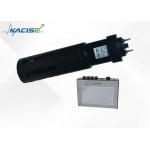
|
The KWS-850 On-line Multi-parameter Water Quality Sensor Can Measure 8 Parameters Simultaneously |
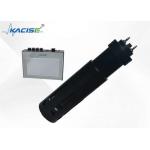
|
The Integrated KWS-850 On-line Multi-parameter Self-cleaning Digital Digital Sensor |

